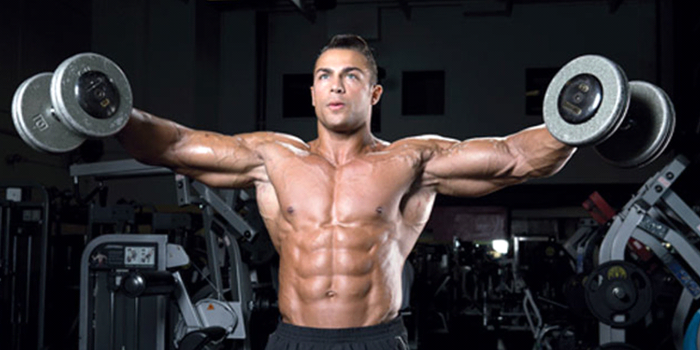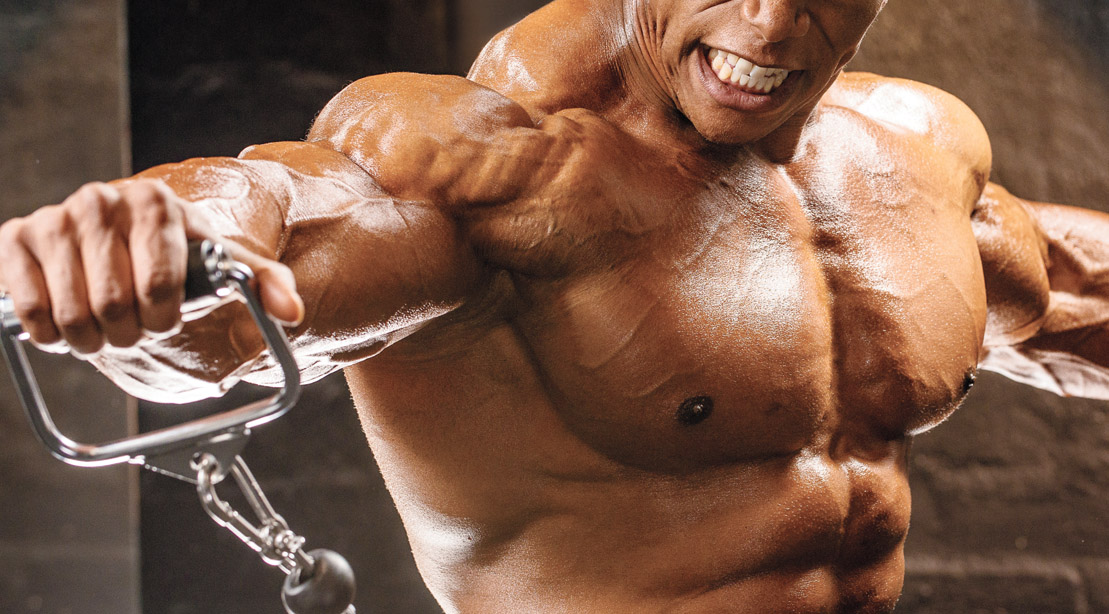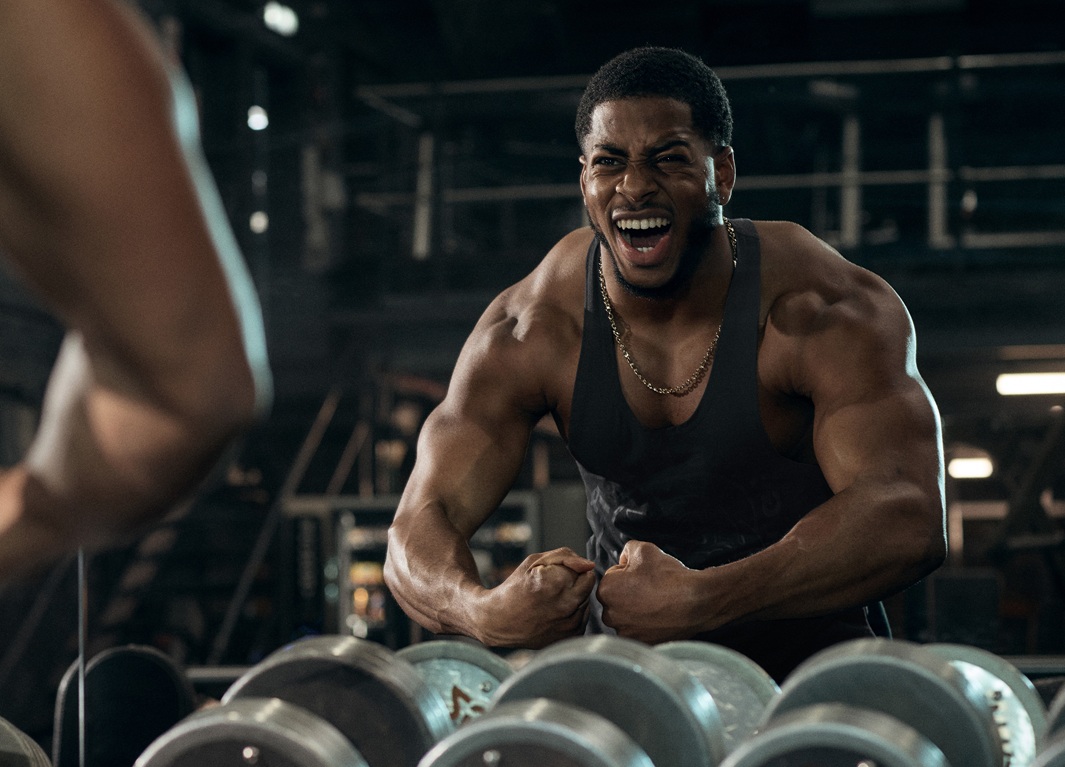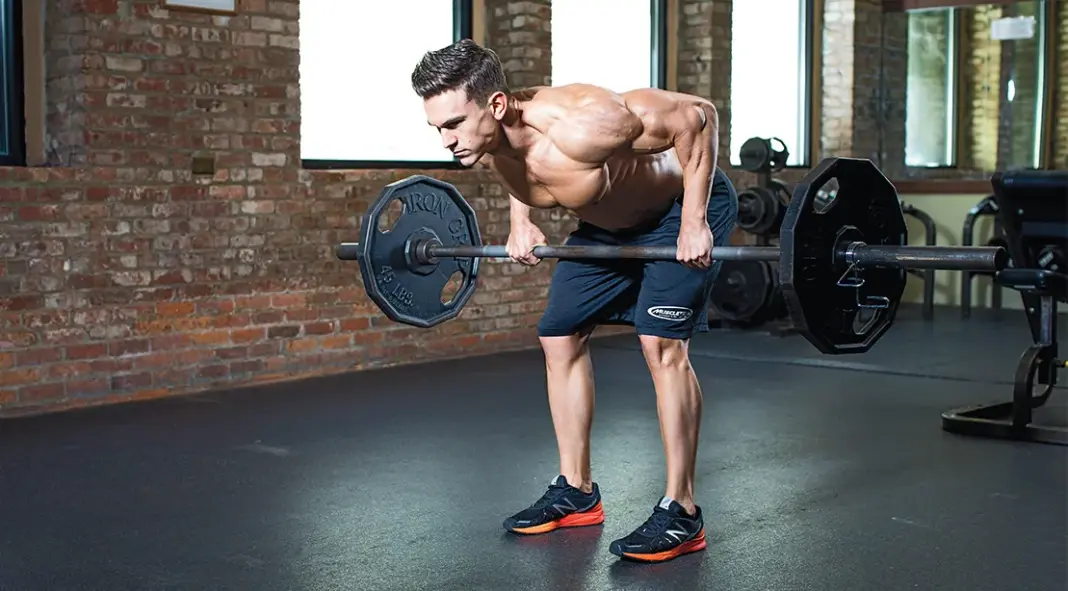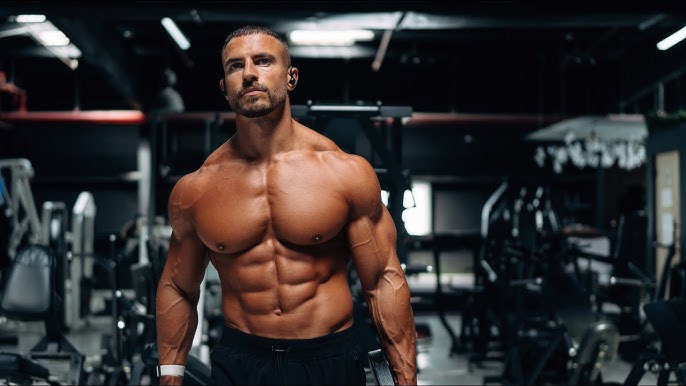The Ultimate Guide to Structuring Your Workouts for Maximum Muscle Growth
When it comes to building muscle, the exercises you choose are only half the equation. The other half — and the part most lifters overlook — is how you structure your training week. That’s where workout splits come in.
A training split is simply how you divide your body parts or movement patterns across the week. It determines:
- How often you hit each muscle group
- How much recovery time you get
- How you balance strength, size, and performance goals
The right split will make your training consistent, progressive, and sustainable — while the wrong split can leave you under-recovered, plateaued, or spinning your wheels.
This Training Splits & Programs Hub will break down the most popular (and effective) training splits, who they’re best for, and how to build your own program around them. Whether you’re a beginner learning the ropes or an advanced bodybuilder chasing weak-point detail, this is your go-to guide.
🔑 Why Your Training Split Matters
Your split is the blueprint for your progress. It’s not just about what you do in the gym today — it’s about what you can sustain week after week, month after month. Here’s why it matters:
- Frequency Drives Growth – Hitting a muscle more than once per week has been shown to boost hypertrophy (especially for naturals).
- Recovery Balances Intensity – Heavy lifts demand recovery. A good split balances hard sessions with enough time to rebuild.
- Consistency Beats Complexity – A simple split you can stick to will always outperform a “perfect” plan you abandon after two weeks.
- Specialization Unlocks Progress – The right split lets you target weak points (arms, chest, back width, etc.) without sacrificing balance.
📚 Featured Training Splits
Let’s break down the most effective splits — from beginner-friendly to advanced bodybuilding programs.
Full-Body Split (Beginner-Friendly)
- Frequency: 3x per week
- Best for: Beginners, busy lifters, athletes
- Why it works: High frequency on big lifts, easy to recover from, teaches fundamentals
A full-body workout trains every muscle group in one session. For beginners, it’s unmatched: you practice lifts more often, build a base of strength, and progress quickly.
Sample Weekly Layout:
- Mon: Full Body A (Squat, Bench, Row)
- Wed: Full Body B (Deadlift, Overhead Press, Pull-Up)
- Fri: Full Body A again
👉 Practical Tip: Run a full-body split for your first 6–12 months before moving to more advanced programs.
Upper/Lower Split (Intermediate Sweet Spot)
- Frequency: 4x per week
- Best for: Lifters with 1–2 years of training
- Why it works: Higher volume per muscle, balance between recovery and frequency
Upper/lower splits are efficient and effective. You hit each muscle twice per week, which aligns with most hypertrophy research.
Sample Weekly Layout:
- Mon: Upper
- Tue: Lower
- Thu: Upper
- Fri: Lower
👉 Practical Tip: Rotate rep ranges (heavy one day, volume the next) for maximum size and strength.
Push-Pull-Legs (PPL) Split (The Bodybuilder’s Classic)
- Frequency: 3–6x per week
- Best for: Intermediate–advanced lifters
- Why it works: Balanced, customizable, covers all movement patterns
Push (chest/shoulders/triceps), Pull (back/biceps), and Legs (quads/hamstrings/glutes) are divided into separate days. Run it 3x/week for balance, or 6x/week for high-frequency growth.
Sample Weekly Layout (6-day):
- Mon: Push
- Tue: Pull
- Wed: Legs
- Thu: Push
- Fri: Pull
- Sat: Legs
👉 Practical Tip: Advanced lifters can rotate exercise emphasis (heavy pull vs width-focused pull) across the week.
Bro Split (Old-School Bodybuilding)
- Frequency: 5x per week
- Best for: Aesthetics-focused lifters, advanced volume tolerance
- Why it works: Maximizes pump, focus, and weekly volume per muscle
Each day is dedicated to one major muscle group. While criticized for low frequency, it still works for bodybuilders who can handle high intensity and volume in one session.
Sample Weekly Layout:
- Mon: Chest
- Tue: Back
- Wed: Shoulders
- Thu: Arms
- Fri: Legs
👉 Practical Tip: If you run a bro split, include secondary work (e.g., rear delts on back day, traps on shoulders) to balance development.
Specialization Splits (Weak Point Focus)
- Frequency: Variable
- Best for: Advanced bodybuilders chasing balance
- Why it works: Shifts more volume and frequency toward lagging areas
Example: If your chest lags, you might hit it twice per week while maintaining other muscles with less volume.
Sample Chest Specialization Layout:
- Mon: Chest + Triceps
- Tue: Back + Biceps
- Thu: Chest + Shoulders
- Fri: Legs
👉 Practical Tip: Run specialization blocks for 8–12 weeks, then return to balanced splits.
Hybrid Programs (Advanced)
For experienced lifters, hybrid splits blend bodybuilding with strength or performance principles.
- PHAT (Power Hypertrophy Adaptive Training): Combines strength (low reps) and hypertrophy (moderate reps).
- DUP (Daily Undulating Periodization): Varies intensity/volume across the week.
- Powerbuilding: Mixes powerlifting big lifts with bodybuilding accessory work.
👉 Practical Tip: These work best if you have 2+ years of consistent training under your belt.
🧠 Training Frequency: How Often Should You Hit Each Muscle?
The age-old question: once, twice, or three times per week?
- 1x/week (Bro Split): Works if intensity and volume are high, but recovery must be on point.
- 2x/week (Upper/Lower, PPL): Ideal balance for most natural lifters.
- 3x/week (Full-Body, High-Frequency PPL): Great for beginners or advanced lifters chasing stubborn gains.
👉 Bottom Line: Most lifters grow best with 2x/week per muscle group.
📆 How to Choose the Right Split
Ask yourself these three questions:
- What’s my training age?
- Beginner: Full-body or Upper/Lower
- Intermediate: Upper/Lower or PPL
- Advanced: PPL, Bro Split, Specialization
- What’s my schedule?
- 3 days/week → Full-body
- 4 days/week → Upper/Lower
- 5–6 days/week → PPL or Bro Split
- What’s my goal?
- Size: PPL, Bro Split, Specialization
- Strength: Upper/Lower, PHAT, Powerbuilding
- General Fitness: Full-body
🧱 Sample Training Programs
Here are some plug-and-play templates you can use right away:
Beginner: 3-Day Full-Body
- Squat 3×8
- Bench Press 3×8
- Barbell Row 3×8
- Overhead Press 3×10
- Pull-Ups 3x to failure
Intermediate: 4-Day Upper/Lower
Upper A: Bench, Row, Shoulder Press, Curls
Lower A: Squat, Deadlift, Leg Press, Calves
Upper B: Incline Bench, Pull-Ups, Laterals, Skullcrushers
Lower B: Front Squat, RDL, Split Squat, Abs
Advanced: 6-Day PPL
Push: Bench, Incline DB, OHP, Lateral Raises, Tricep Pushdowns
Pull: Deadlift, Pull-Ups, Rows, Rear Delts, Curls
Legs: Squat, RDL, Lunges, Calves, Abs
💡 Pro Tips for Success
- Track your lifts — strength progression = muscle growth.
- Stick with a program for at least 12 weeks before switching.
- Add weight or reps weekly (progressive overload).
- Don’t ignore recovery: sleep, food, and deloads matter.
- Pick a split that fits your life — consistency always wins.
✅ Final Word: Building Your Perfect Program
At the end of the day, the “best” training split is the one you can execute consistently and progress on. Every split has its place: full-body builds a foundation, upper/lower balances size and strength, PPL is the gold standard for hypertrophy, and specialization phases bring up weak points.
Your goal as a bodybuilder isn’t to chase novelty — it’s to find the system that lets you train hard, recover well, and repeat for years.
Use this hub as your roadmap, dive into each split guide, and build the program that takes your physique to the next level.

